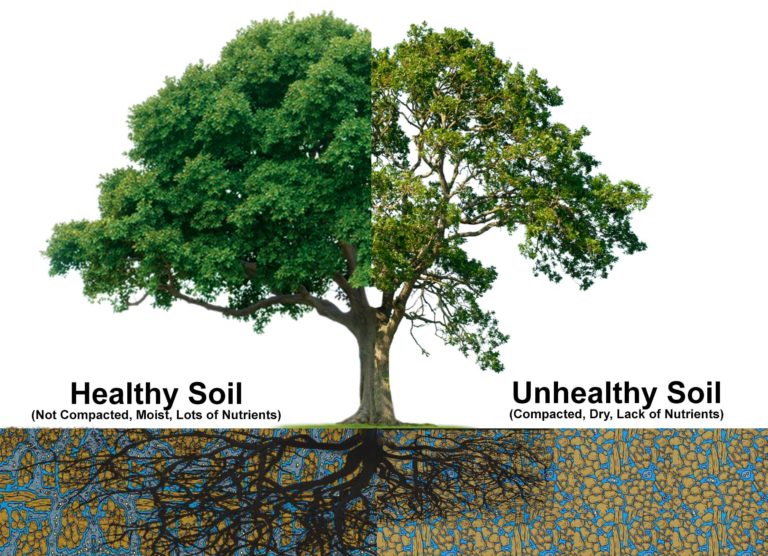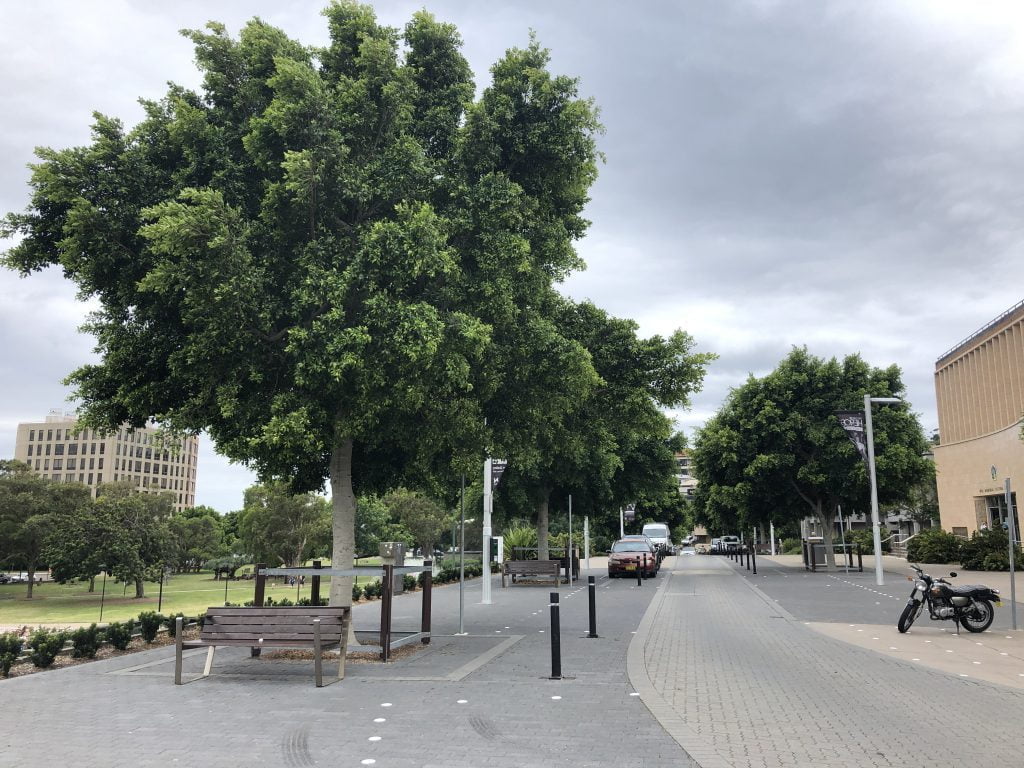Posted by Ben Gooden on Thu, Feb 04, 2021 @ 2:11 AM
How to Grow Trees Successfully on the Street
How to Grow Trees on the Street?
The best way to grow trees to maturity in cities is to ensure that the tree has access to abundant high quality soil, water, maintenance, and room for tree roots to grow.
Trees growing in typical urban ‘tree boxes’ are usually surrounded by compacted soil. This often leads to the roots seeking out the space between the compacted soil and the overlying pavement, where air and water are present, which then causes footpath heaving as the tree roots push their way to the nutrients it wants.
At Citygreen we have over 30 years of experience designing, installing, and growing street trees around the world in all types of climates and environments. Learn the best practices and tools we use to grow trees faster and bigger with a free consultation with one of our Urban Greening Consultants
If the tree roots cannot expand into the surrounding soil, they continue to grow until they have filled up the available space.
When the tree’s needs for nutrients, air and water can no longer be met, the health of the tree will begin to decline and it will eventually die. Trees grown in these tight conditions rarely reach their full growth potential and cannot provide the full wide range of benefits that mature, healthy trees have to offer from environmental, air pollution, physical & mental health improvements, property prices, to shade & temperature reduction.
Related: The Best Way To Grow Large Trees In Urban Environments
What is the Average Lifespan of a Tree in a City?
The average life span of a tree is very short in many of the big cities, when compared to the same species planted in their natural environment. Some cities have an average replacement cycle of 10 to 11 years. Most cities it’s 14 years, but it’s very, very short considering that the natural lifespan of some of those tree species is close to a hundred years in the natural environment. This continuing replacement cycle constitutes a massive cost for Local Governments, as well as a huge lost opportunity cost to the city and it’s residence.
Root of the Problem for Planting Urban Trees

There are many parts to a tree. They’re a complex and finely balanced living organism, which all needs to be taken into consideration as part of the design process. So we cannot ignore the below-ground part of a tree when designing for its long-term requirements In its natural environment, a tree has a large horizontal root structure supporting the canopy.
The analogy of a wine glass on a large flat plate has been used, with the large flat base beneath the stem, with the structure above. Via the roots, trees obtain nutrients from the soil, but the roots also need the oxygen and water that occupy voids between soil particles. In uncompacted soil, voids are abundant.
The availability of space for tree roots to develop is crucial to the tree’s ability to grow and stay healthy. In the natural environment, the roots of a growing tree will extend far into the surrounding soil to more than twice the width of the mature tree’s canopy. Everybody has some experience of a neighbour’s tree roots impacting service or foundation, a long way from the tree itself
Related: How Tree Roots Behave?

The conflict between tree growth, and built structures
However, typically, the engineering demands of paved structures make it impossible to grow trees in cities. Pavements require structural support, which historically is concrete, or crushed stone, or road base compacted efficiently, and the small opening in the pavement for the tree is not sufficient to support that large root plate (similar to wine glass on a flat plate)
How to Plant Trees in Hard-surfaced areas?
For trees in hard-surfaced areas, a fundamental conflict exists between maximising the soil volume available for tree rooting while also providing a stable base for roads and pavements. If soil is treated as a structural material and required to bear the load of pedestrians, building and roadways, it will be consolidated to the point that air and water are excluded and insufficient space is available for roots to grow.
Citygreen has revolutionized how to grow trees in the urban environment by providing an interconnected matrix structure that increases soil volume for tree roots while providing a stable base for roads and pavements, whicrh allows trees to grow to maturity size without impacting services and utilities.
Related: Structural Soil VS Soil Cells: What’s The Better Choice?
 Trees planted using best practise, growing successfully in Melbourne Lonsdale Street, Dandenong, 2018
Trees planted using best practise, growing successfully in Melbourne Lonsdale Street, Dandenong, 2018

 Trees planted correctly 7 years ago, growing healthily in New South Wales | Laman Street, Newcastle, 2020.
Trees planted correctly 7 years ago, growing healthily in New South Wales | Laman Street, Newcastle, 2020.
 Trees planted correctly 7 years ago, growing healthily in New South Wales | Laman Street, Newcastle, 2020.
Trees planted correctly 7 years ago, growing healthily in New South Wales | Laman Street, Newcastle, 2020.
Have an Upcoming Project and looking at ways to add more value with trees? Book a free consultation with one of our Citygreen consultants.


